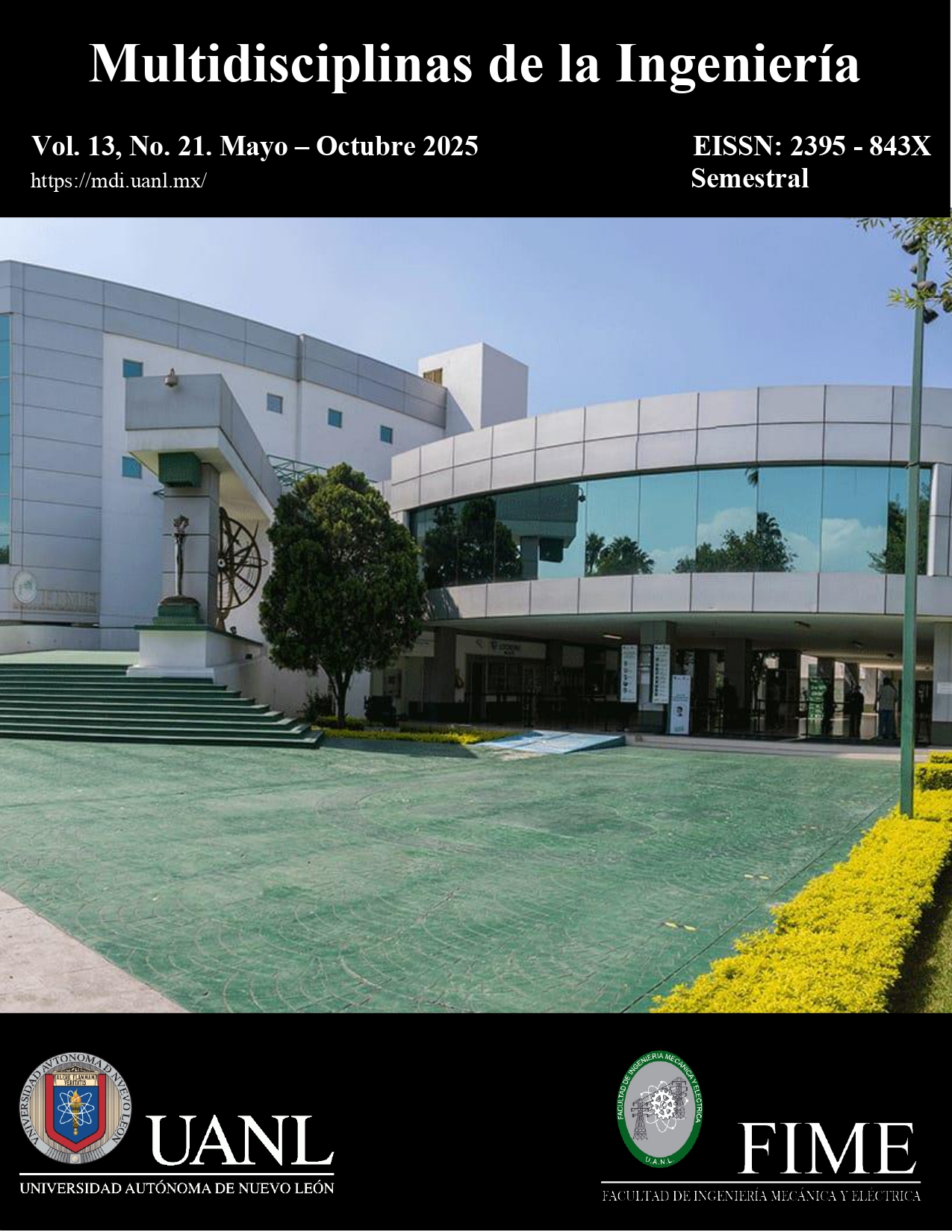Rationale for the acquisition of a dot peen machine in weir minerals' assembly area: an efficiency and quality based approach
DOI:
https://doi.org/10.29105/mdi.v13i21.329Keywords:
Automation, Industrial efficiency, Study of times and movements, Process optimization, DotAbstract
In today's industrial context, process automation has become a key strategy to improve efficiency and productivity. This study justifies the acquisition of a dot peen machine to optimize the plate engraving process in the Weir Minerals assembly area. Through a detailed analysis of the production indicators, a study of times and movements and a comparison between the current manual process and automation with the dot peen machine, the improvements in terms of efficiency, accuracy and costs were evaluated. The results obtained show that the implementation of this technology significantly reduces waste, optimizes delivery times and improves product quality by minimizing the need for rework. Finally, a cost-benefit analysis supports the viability of the investment, providing a solid basis for decision-making in the company.
References
Aly, N. & (2003). Producción de clase mundial y la gestión de las. California Journal of Operations Management.
Chacón, E., & García, R. (2015). Heurística para el balance de líneas de ensamble con consideraciones ergonómicas. Revista Ingeniería Industrial, 23-35.
Crosby, P. B. (1987). La Calidad No cuesta. El arte de cerciorarse de la Calidad. México: Compañía Editorial Continental, S.A. de C.V.
Deming, W. E. (1989). Calidad, productividad y competitividad. Madrid: Díaz de Santos.
Díaz, N. L., Soler, V. G., & Molina, A. I. (2017). Metodología de estudio de tiempo y movimiento: Introducción al GSD. 3C Empresa: Investigación y Pensamiento Crítico, 39-49. DOI: https://doi.org/10.17993/3cemp.2017.especial.39-49
Giannasi, E. (2013). Desperdicios en la producción. Instituto Nacional de Tecnología Industrial, 1-59.
Ishikawa, K. (1985). ¿Qué es Control de Calidad Total? El estilo japonés. Bogotá: Norma.
Lilian, P. (2010). Lean Manufacturing: Manufactura Esbelta / Ágil. Revista Ingeniería, 64-69.
Mackelprang, A., & Nair, A. (2010). Relationship between just-in-time manufacturing practices and performance: A meta-analytic investigation. Journal of Operations Management, 283–302. DOI: https://doi.org/10.1016/j.jom.2009.10.002
Mazanai, M. (2012). Impact of just-in-time (JIT) inventory system on efficiency. African Journal of Business Management, 5786–5791.
Mishina, K., & Takeda, K. (1992). Toyota Motor Manufacturing, USA, Inc. Harvard Business School.
Ohno, T. (2018). El sistema de producción Toyota: Más allá de la producción a gran escala. Londres: Routledge.
Pheng, L. S., & Shang, G. (2011). The application of the Just-in-Time philosophy in the construction industry. Journal of Construction in Developing Countries, 91-111.
Downloads
Published
How to Cite
Issue
Section
License

This work is licensed under a Creative Commons Attribution-NonCommercial-NoDerivatives 4.0 International License.





